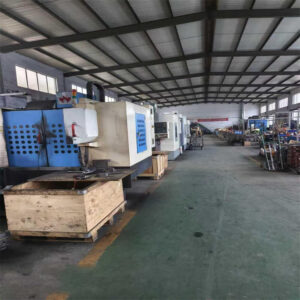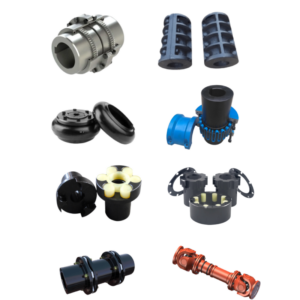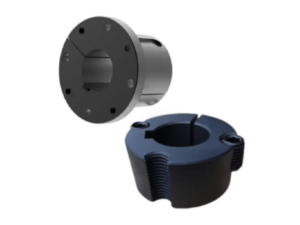Pulleys play a vital role in belt-driven mechanical systems, and the choice of material directly affects performance, durability, and cost-efficiency. Depending on application requirements and environmental conditions, pulleys are commonly made from materials such as aluminum alloy, steel, cast iron, stainless steel, and engineering plastics. This article provides a detailed comparison of the most common pulley materials to assist engineers and procurement professionals in making informed decisions.
1. Aluminum Alloy
✅ Advantages:
- Lightweight: Reduces overall system weight and inertia.
- Good corrosion resistance: Especially when anodized.
- Easy to machine: Ideal for custom designs or prototypes.
- Good thermal conductivity: Helps dissipate heat in high-speed applications.
❌ Disadvantages:
- Lower strength compared to steel or cast iron.
- Wears faster under high-load or abrasive conditions.
- Not suitable for heavy-duty or high-torque applications.
Typical Applications: Packaging machinery, light-duty automation, and robotics.
2. Steel
✅ Advantages:
- High strength and load capacity: Excellent for high-torque applications.
- Durable and wear-resistant: Suitable for continuous operation.
- Can be heat-treated for added hardness.
❌ Disadvantages:
- Heavier than aluminum, which can increase inertia.
- Prone to rust if not properly coated or treated.
- Higher manufacturing cost than cast iron.
Typical Applications: Heavy machinery, industrial equipment, and automotive systems.
3. Cast Iron
✅ Advantages:
- Excellent vibration damping: Helps reduce noise and prolong bearing life.
- Cost-effective for large production volumes.
- Good wear resistance under steady loads.
❌ Disadvantages:
- Brittle: Can crack under shock loads or impact.
- Heavier than aluminum and steel.
- Poor corrosion resistance unless coated.
Typical Applications: Compressors, conveyors, and general industrial machines.
4. Stainless Steel
✅ Advantages:
- Outstanding corrosion resistance: Ideal for wet, chemical, or hygienic environments.
- High strength and durability.
- Long service life with minimal maintenance.
❌ Disadvantages:
- High material and machining cost.
- Heavier than other options.
- Can be over-specified in non-corrosive applications.
Typical Applications: Food processing, pharmaceutical equipment, marine systems.
5. Engineering Plastics (e.g., Nylon, Acetal)
✅ Advantages:
- Lightweight and low noise.
- Self-lubricating and corrosion-resistant.
- Cost-effective for small to medium loads.
❌ Disadvantages:
- Limited strength and heat resistance.
- Can deform over time under load (creep).
- Not ideal for high-speed or high-torque uses.
Typical Applications: Office equipment, small appliances, light automation systems.
Conclusion
Choosing the right pulley material is critical to achieving optimal performance, cost-efficiency, and durability in mechanical systems. While aluminum is great for lightweight and high-speed applications, steel and cast iron excel in strength and load-bearing capacity. Stainless steel is ideal for harsh environments, and plastic pulleys serve well in low-load or noise-sensitive applications.
A proper understanding of each material’s characteristics will help ensure that the selected pulley aligns with the mechanical, environmental, and budgetary requirements of your specific application.






